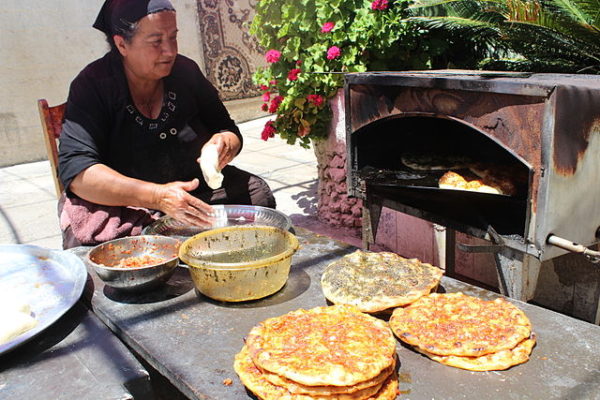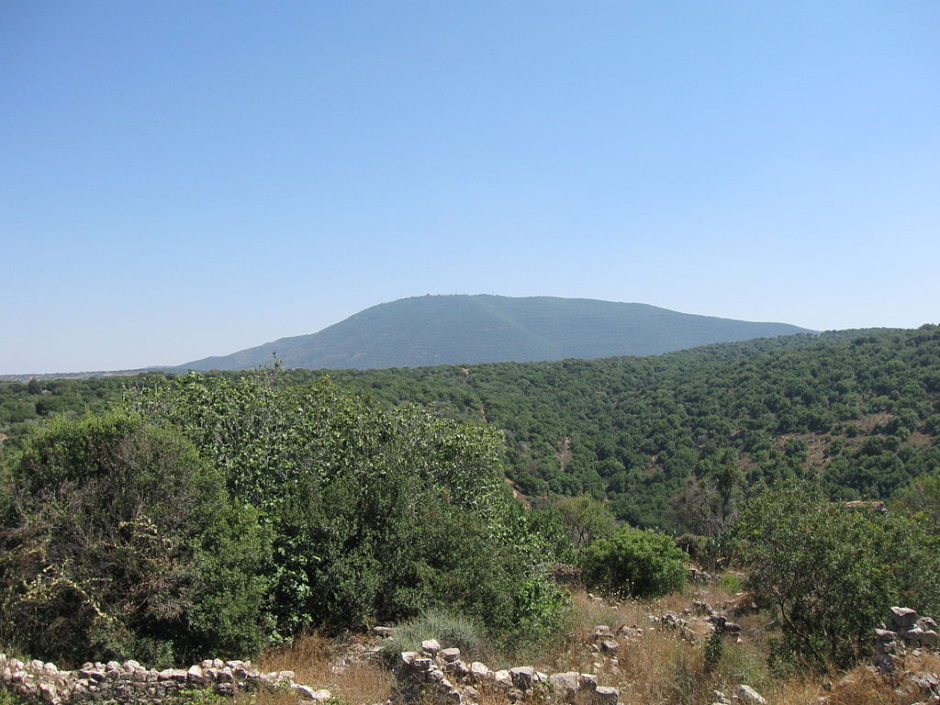Far from the bustle of Israel’s congested coastal plain is a serene place in the upper Galilee that soothes the soul.
The Mount Meron Nature Reserve, two and a half hours away by car from Tel Aviv and a 10-minute drive from Safed, is one of the most picturesque rural areas in the country, tailor-made for hikers.
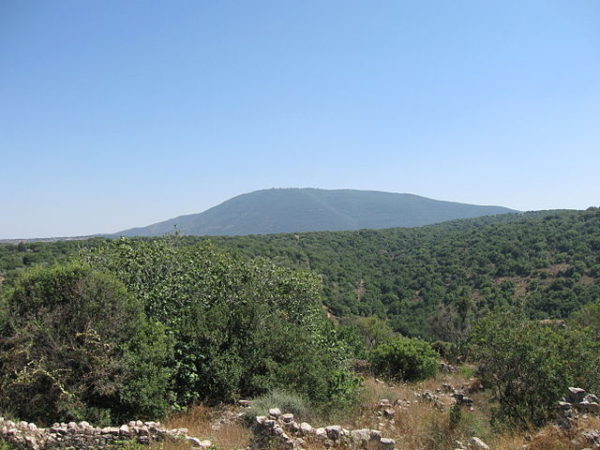
My guide and I started our hike at the Mount Meron Field Study Centre, on the northern slopes of Mount Meron, the highest mountain within Israel’s internationally recognized 1949 borders. It’s 1,208 meters above sea level. Only Mount Hermon, on the occupied Golan Heights, is higher, at 2,814 meters.
We set off on a clearly marked trail in Nahal Moran, a shallow riverbed that dries up in summer. Descending into a wooded gully, we eventually passed an olive orchard, tended to by a Druze man with a hoe. The serpentine trail was gentle, hardly as strenuous as a trail in southern Venezuela I had once climbed to reach a precipitous cliff entangled in dense tropical vegetation.
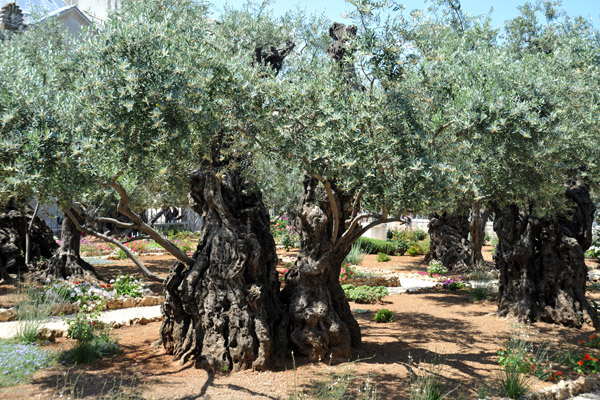
Noam, the guide, paused to pick up several wild marjoram leaves. He rubbed them together in his palms. The aromatic whiff was intoxicating. Israelis blend marjoram — a popular wild herb — with toasted sesame seeds, salt, dried thyme and oregano to make za’atar, a spread great on sliced bread with a dash of olive oil.
Noam next whipped out a small Turkish-style kettle and a package of dried sage, another wild herb found in the Galilee. He poured bottled water into the kettle, placed a sprinkle of sage inside and heated the brew on his propane gas heater.
We shared the tea with Amin, an elderly, bald-headed Druze sporting a white cap and a snow-white moustache who had just emerged from a thicket on the adjacent side of the trail. He was perspiring, his hands slightly bloodied by thorns. As we sipped the tea, he told us, in fluent Hebrew, that he lived in Hurfeish, a nearby town of 5,000 mainly populated by Druse and some Christians.
A distinct Muslim ethnic group, the Druze are dispersed through the Middle East, primarily in Lebanon, Syria and Israel. There are 120,000 Druze in Israel, and they have been loyal to the state. Amin, a friendly fellow, told me that many Druze in Hurfeish serve in the army and security services. Still others are farmers, cultivating olive orchards and tobacco fields. The wild boars that roam the Galilee have wreaked havoc on their olive trees, he said in frustration.
Bidding good-bye to Amin, we continued on our way. As we pressed on, the sounds of chirping crickets in our ears, we traversed rocky terrain. Although we were virtually the only hikers in the vicinity, we were never far from the buzz of civilization, a road being visible above us.
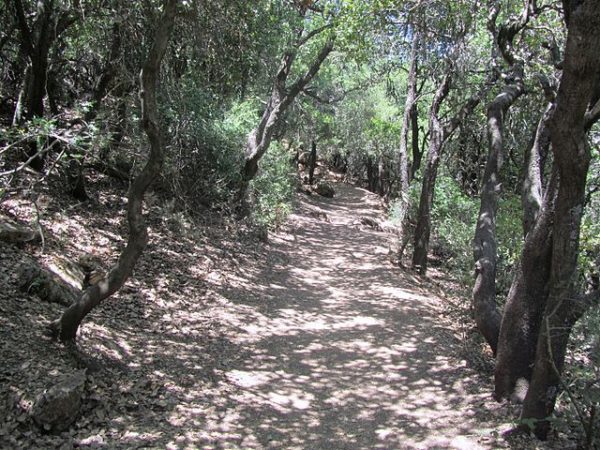
We forded two streams and both, regrettably, were polluted, the stench infiltrating our nostrils.
For the next hour, we followed trails that gave way to exquisite panoramic views of this scenic, thickly wooded region, one of the few in Israel with natural forests.
We reached Hurfeish, a clean and pleasant town, and entered a road-side restaurant. In a garden at the rear, we sat on a picnic table, watching a Druze woman whip up fresh pitas for us in a tabun, a circular open-air oven.
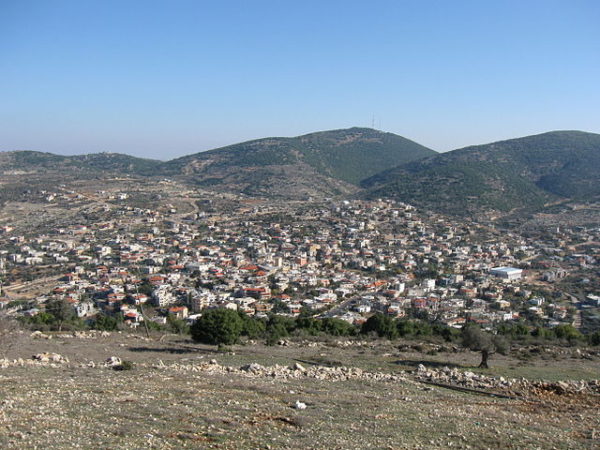
Rolling a ball of dough into shape, she placed it on the sizzling tabun. In seconds, she was ready to serve us two piping hot pitas, garnishing them with sliced cherry tomatoes and cucumbers, tiny black and green olives and a dollop of labneh, a tart Arab-style cottage cheese.
Her simple al fresco meal capped a wondrous and unforgettable day in the Galilee.
